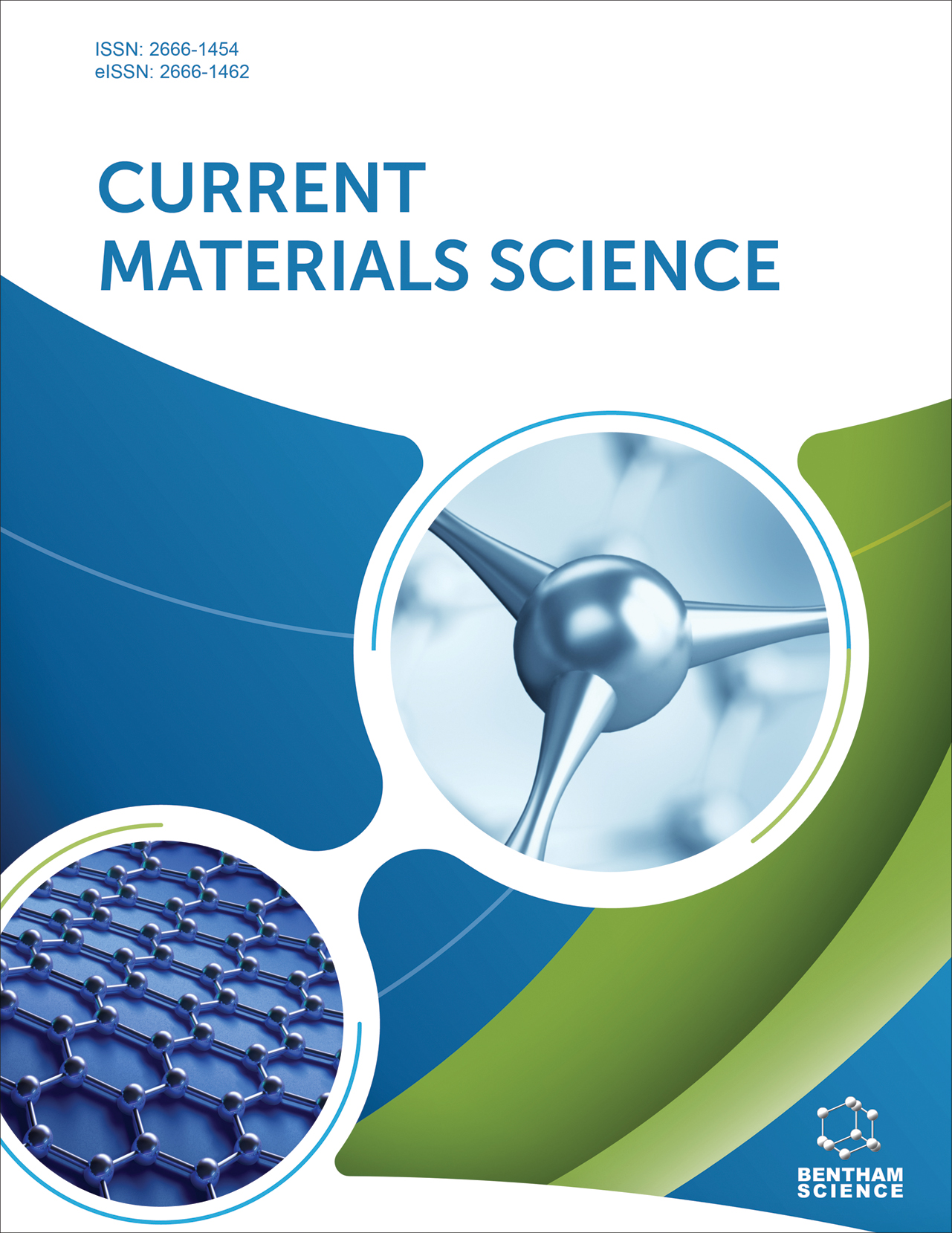
Full text loading...
We use cookies to track usage and preferences.I Understand
Contamination from heavy metal ions is a rising problem. It has direct and indirect impacts on human health, the environment, and aquatic life. Thus, detecting trace amounts of these elements presents significant challenges. It is important to develop effective, affordable, accurate, fast sensing monitoring systems. A new field of sensing techniques has emerged with the discovery of bio-compatible fluorescent carbon nanodots. Although the study of heavy metal ion detection using carbon nanodots and fluorometric sensing techniques is relatively new and developing, it holds great potential for aiding scientists in the development of environmentally friendly sensing systems. This article focuses on the utilization of carbon nanodots in fluorescence-based detection of metal ions in various media. The ability to emit fluorescence across the entire visible spectrum under UV and visible light excitation offers fluorescent quenching or fluorescent enhancement phenomena in the presence of trace amount of metal ions. The present work discusses different fluorometric sensing phenomena, its mechanism and applications of carbon dots on it. It covers the recent progress in carbon-nano dots for bio-based synthesis, physical properties, and application in heavy metal sensing.

Article metrics loading...

Full text loading...
References


Data & Media loading...

